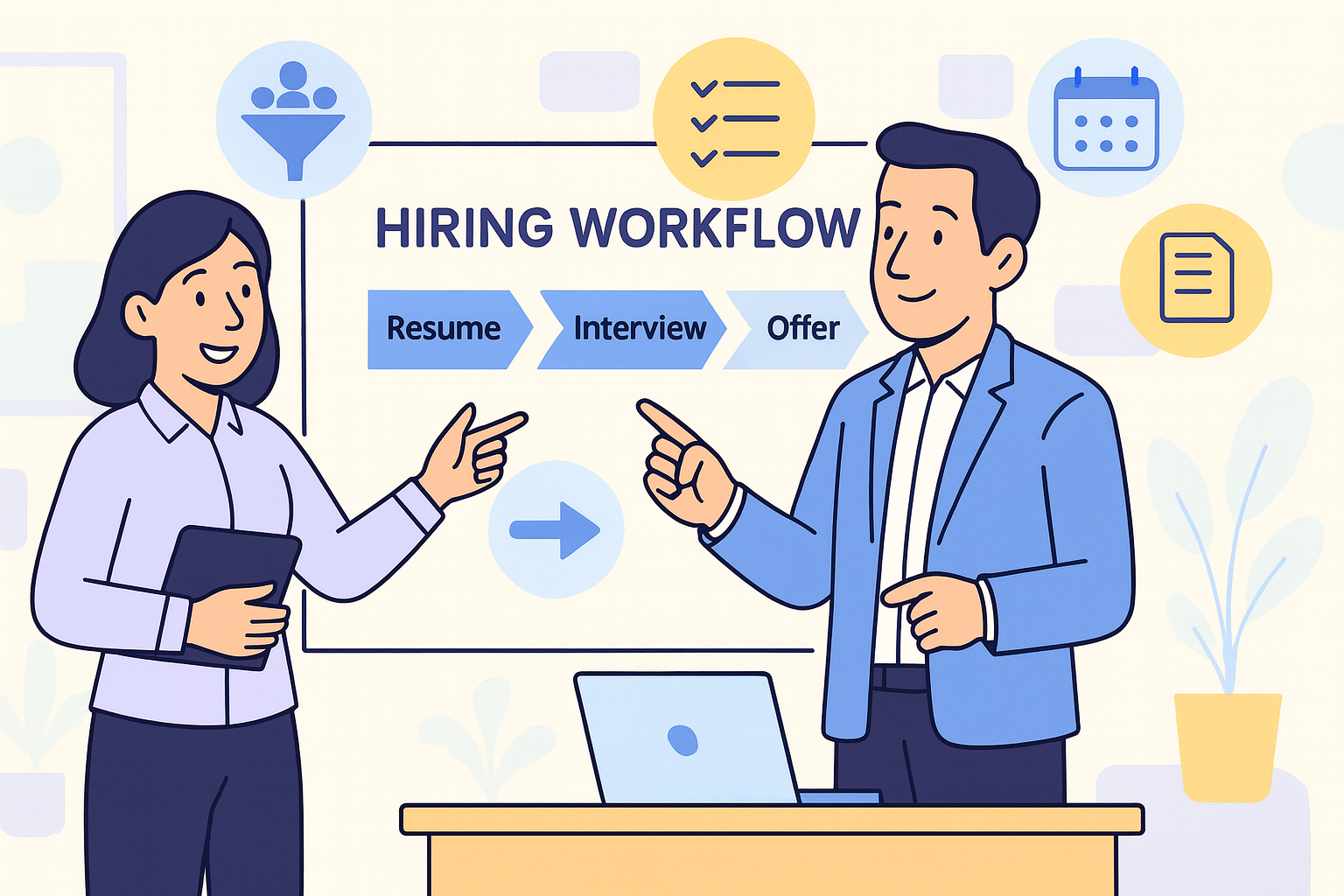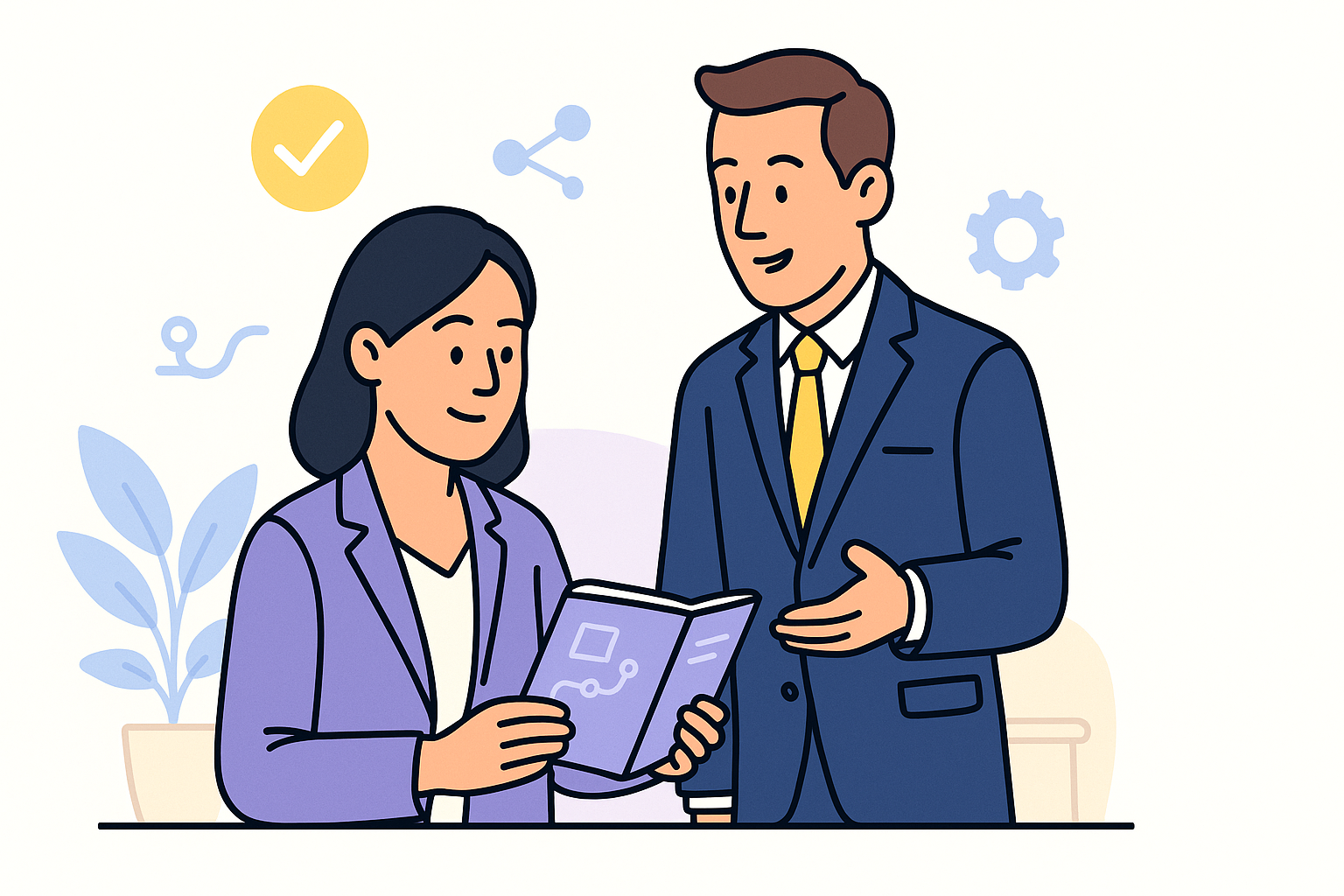FAQ Sales Strategy: Enhancing Website Conversion Rates
Boost website conversion rates with our FAQ sales strategy. Empower your sales process and enhance customer satisfaction. Learn more now!
.jpg)
When customers have queries in a local shop, they simply ask. On a website, however, it’s not as straightforward. This is where an effective FAQ sales strategy comes into play. By anticipating common questions and providing detailed answers in an FAQ section, you can empower your website visitors to find the information they need, potentially increasing sales and improving their overall shopping experience.
Sure, they can email or call, but the bulk of visitors aren’t going to take the time to do that unless they really need the product now. Otherwise, they’ll leave and “come back later” (unlikely).
And it’s not the visitors fault… You may think your website has all the answers visitors need, but this is never the case.
If you don’t have a solid process in place for knowing what questions visitors have and to update your FAQ page frequently, then you’re missing out on sales.
FAQ Sales Strategy: How to Read the Minds of Your Visitors
You’re deep in your business every single day. Because of this, it’s nearly impossible for you to anticipate the questions that visitors have when they first get to your site, or when they’re researching products on your site.
Here’s a few ways you can read their minds.
Read the minds of your website visitors with these tools and tactics and increase sales
Top “Exit Pages” in Google Analytics
Analyzing the top “exit pages” in Google Analytics reveals where the majority of website visitors tend to leave. Addressing this issue involves implementing an FAQ sales strategy. By providing a comprehensive FAQ section on these pages, you can answer potential questions that might be causing visitors to leave, thereby reducing exit rates and possibly increasing conversions.

You might need to group pages together to get meaningful data if you sell a wide range of products (i.e. group together the “product-specs” pages of multiple pages).
If you notice that many people leave on a specific type of page (i.e. product spec pages), then there’s probably something about that page that’s confusing that needs to be made better.
Here's how to know if a specific webpage is confusing visitors and causing them to leave
Ask Visitors Right Before They Leave
Once you’ve fixed the obvious issues with your top exit pages, there might still be room for improvement. Using “exit surveys” is one way to identify specific reasons why people are leaving.

You can setup a really simple “Why are you leaving?” question to popup on certain pages to get specific answers from website visitors. This data can lead to valuable insights that wouldn’t be possible to get any other way.



There's a lot of exit survey tools available, but Qualaroo seems to be one of the more popular ones.
Warning - Use exit surveys carefully, and monitor results. If you configure exit surveys for every single visitor leaving any page on your website, you can annoy your visitors. Test it out on a few specific pages of your site first, such as the checkout pages.
Use Website Live Chat to Chat with Visitors
One of the easiest and most valuable tools you can use to read the minds of your visitors is website live chat software. With live chat enabled on your website, you can chat directly with website visitors while they’re on your website.
Here's an example on a website that sells parts and accessories for golf carts. The question being asked here is "which charger do I need for my golf cart?":

Once you start to see that this question is pretty common, you can add an FAQ page for it.

Using live chat is a great way to understand exactly what questions visitors have that might stop them from purchasing, without having an annoying automated generic software-based popup box.
Pro Tip - Configuring the live chat feature to engage visitors based on their actions, such as the duration of their visit or the pages they view, is a smart FAQ sales strategy. This strategy can be enhanced by customizing messages to address specific scenarios. For instance, if a visitor encounters a 404 error page, a chat prompt could appear, offering help with a message like, “It looks like you’ve encountered an error page. How can I assist you in finding what you need?” This proactive approach ensures that frequently asked questions are addressed, improving the overall user experience and potentially aiding in sales.
Show an automated but personal live chat invite if visitors hit an error page, or leave the cart
What To Put on Your FAQ Page - At First
The above tools will give you valuable insight you can use to constantly make your website better for visitors, and also continuously add to your FAQ page, but below are the basics of how to create a good starting FAQ Page.
Answer Obvious Questions
Start by answering the most obvious questions for your product.
This might be tough for you if you’re “in the business” every day. If you have trouble thinking from the perspective of a 1st time visitor, ask some of your newer employees, family, friends, etc.
We're managing over 1,000 website chats per week for customers of HelpFlow. Here's the most common questions we see across a wide range of websites our customers have:
- Which (specific product from your store) do I need based on (what I currently have)?
- If I order right now, when will it arrive? (i.e. shipping time)
- If I order and am not happy, can I return this? (i.e. return policy)
- I ordered 2 weeks ago, when will it arrive? (i.e. order status)
Here's how these relate to the golf cart accessory website mentioned above:
- I have a (brand / year) golf cart. Which charger do I need?
- I need my charger for a round of golf this weekend. When will it arrive if I order today?
- I bought a charger online a few years ago, and it didn't work. I think I'm more comfortable buying from a local store that I can return it to.

Think of the questions that are most common, and make sure to provide simple but complete answers for these on your FAQ page.
Don’t Fill Your FAQ Page With “Fluff”
In my experience with various websites, I’ve noticed that while many have extensive FAQ pages, they sometimes fail to aid visitors effectively. A focused FAQ sales strategy should prioritize clarity and relevance, ensuring that the content is not only comprehensive but also genuinely useful in addressing the visitors’ most common questions and concerns.
By “fluff”, I’m talking about these questions:
- Is it safe to purchase from your site?
- Will you keep my contact information confidential?
- How long have you been in business?
I’m not saying these questions are not important, but if most of your FAQ page is fluff questions, then you’re missing the point of an FAQ page.
Assume visitors will feel safe on your site, that they’ll trust you to keep their information safe, and they are confident you’re a “real business” - what else matters to them?
Don't just answer "fluff" questions on your FAQ page. Make it truly helpful for visitors
Answer the important questions on the FAQ page.
Simple Process for Constantly Adding FAQs
The secret to having a helpful FAQ page is to start with a reasonable one (see above), and then have a simple but effective process for adding FAQs as needed over time.
Here’s a process that works well that our best customers are using.
Look for Good Questions and Save Them
If a customer asks a question on the website live chat, or via email, save this for future reference. For example, put a copy of the email in a folder, save it to Evernote, or save it in some other way.

Answer Questions to Easily Paste into FAQs
We keep a steadily growing list of answers to common questions for each of the websites we manage website chat for.
When we have to answer question that isn’t in our list of answers or on the customer’s FAQ page, we answer it in a way so it can easily be added to our list of answers and the customer’s FAQ page.
For example, we type the website chat response in a way so it can be copied into our system for future use and will sound great (and personalized) to future people asking the question.
Leverage your time: Answer questions in a way so you can copy / paste to an FAQ page

Do the same when answering questions yourself. Write them in a way that answers the question being asked, but so it can easily copied into your FAQ later.
Batch the Work / Delegate Updating the FAQ
Don’t immediately jump in to your website system and update the FAQ each and every time you answer a question.
Batch the work and / or delegate it to someone:
- Save the questions and answers
- Give access to these to your team
- Update your FAQ a few times per month using this information.
By batching the work and having a simple process for it, you won’t feel like “wow, this FAQ page stuff is a time suck for me”.
Creating and updating your FAQ page doesn't need to take a lot of time.
It’s fast, if you batch it. And it’s easy to delegate since the content will be already created based on your answers to customers.
Take Action - Here are Next Steps
Here’s the next steps you can do now to get immediate value out of this blog post.
- Create an FAQ page if you don't have one (est 15–20 mins, not including content work below).
- Answer the obvious questions and don’t fill it up with fluff. Identify 2 core questions visitors are likely to ask, and make sure the FAQ page answers that. Also, answer the following about your shipping / payment policies: Where can you ship, how fast is shipping, how much is shipping, and do you offer refunds? (est. 60–90 mins)
- Save questions and update your FAQ occasionally by answering questions in a way where you can easily copy / paste to your FAQ page later. (est. 5–10 mins per question, including adding to the FAQ page later).
- BONUS - Use live website chat - And of course if you don’t have a live website chat feature on your website, you should. Here’s how to setup website live chat.
Share Your FAQ Page Below
Let’s get list of FAQ page examples going below. Share yours, as well as any tips you have that could help other readers with their FAQ pages.
Related posts












